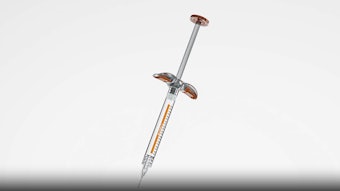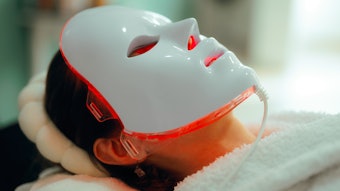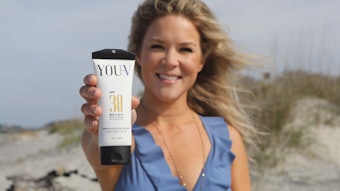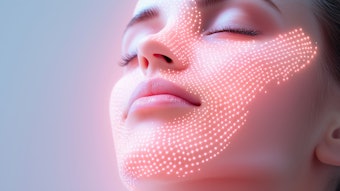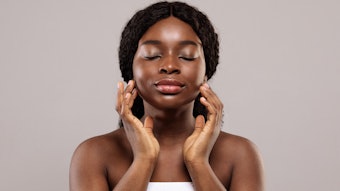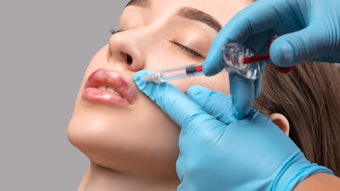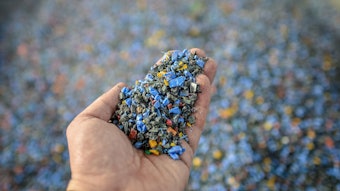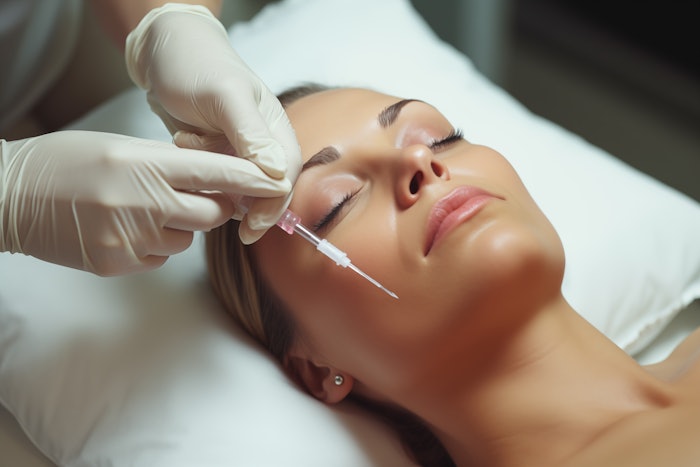
Guidepoint Qsight Data recently showed that neurotoxins lead the $17.5 billion non-surgical aesthetics market. Neurotoxins disrupt nerve cells, and can potentially damage the nervous system. In aesthetics though, neurotoxins are used as a temporary muscle relaxer to diminish the appearance of wrinkles and fine lines–you might recognize them under more familiar names, like Botox. When neurotoxins are injected into the muscle, they block the signal to contract, causing the muscle to relax and thereby reducing the opportunities for contraction and the formation of wrinkles. The current state of aesthetics is meeting a demand for more natural-looking results and more subtle enhancements, meaning that other uses for neurotoxins in aesthetics have grown in popularity, like improving skin texture and elasticity.
Neurotoxins have been on top in the industry for a while now, and aren’t going anywhere, especially as the market demands more non-invasive solutions. This means that we may see an increase in neurotoxins outside of traditional injectables, like in innovative new topicals or other methods as new applications are developed. Skin rejuvenation and resurfacing is another area that’s seen success, nearly doubling since 2019. “The growth in skin rejuvenation and resurfacing appears to be driven by increasing demand for minimally invasive treatments that provide noticeable aesthetic improvements without the downtime associated with more intensive procedures,” says Nick Haines, managing director of Guidepoint Qsight. “Additionally, as consumers seek alternatives to body contouring amidst the rise of GLP-1 drugs, skin-focused treatments have become a more accessible entry point for aesthetic spending.” Comprising this boom, have been several specific hot treatments. “Morpheus8 by InMode and BBL HERO by Sciton have consistently dominated the skin rejuvenation and resurfacing (EBD) market since 2022 and continue to lead in 2025, largely due to their ability to deliver both immediate and long-term skin tightening and resurfacing results.”
While neurotoxins and skin rejuvenation reign supreme, spending on energy-based devices has decreased by 7%. “Challenges in the energy-based device market have been most evident in the non-surgical body contouring segment, which has faced [a] significant decline in recent years,” adds Haines. “This drop has coincided with the increased adoption of GLP-1 drugs, which offer a more cost-effective and comprehensive approach to weight loss. As a result, the market for non-surgical body contouring, typically more expensive, has struggled to maintain traction.”
Non-surgical aesthetic treatments, like Botox, provide comfortable and convenient alternatives to surgical aesthetic methods. Meanwhile, the field is developing with movements like "skinimalism", in favor of more subtle treatments with natural-looking results, and even less invasive methods as new technologies develop. The current treatment to keep your eye on is microneedling, especially when paired with RF or PRP, as clients flock to these treatments to improve skin tone, texture and firmness.
Guidepoint Qsight Data works to empower industries by providing prescient healthcare data, having a network of more than 1.5 million experts.

